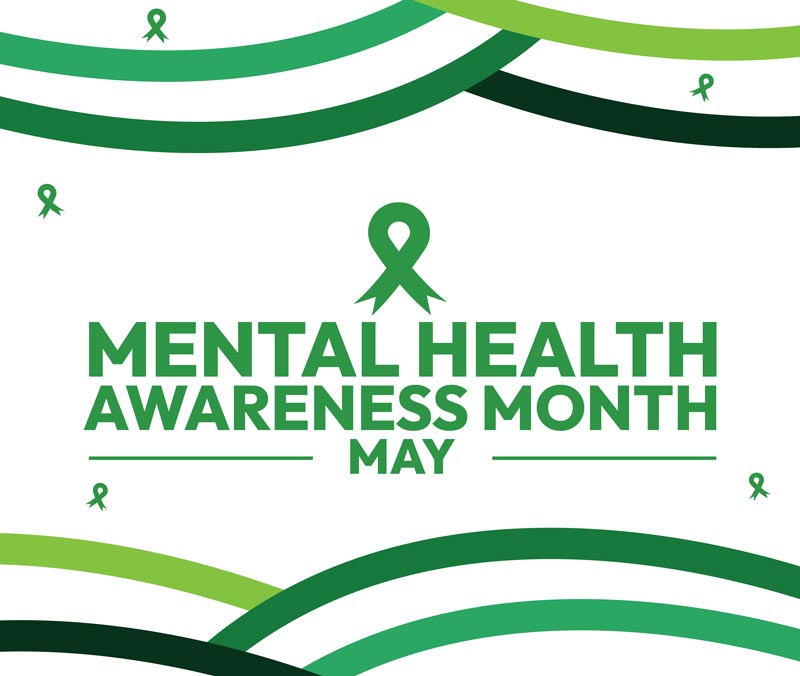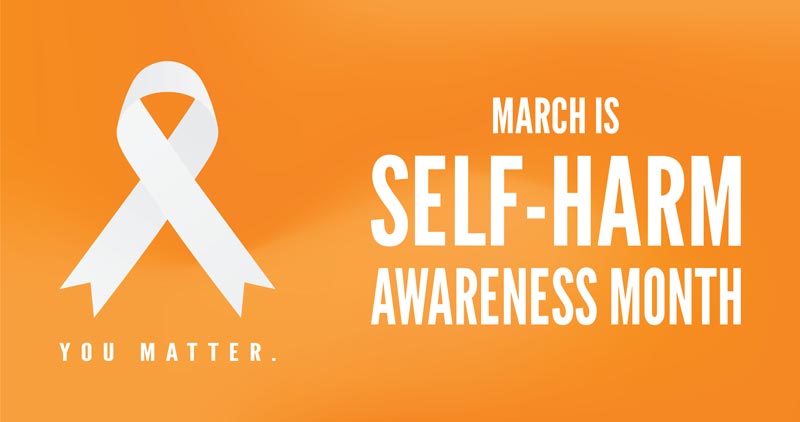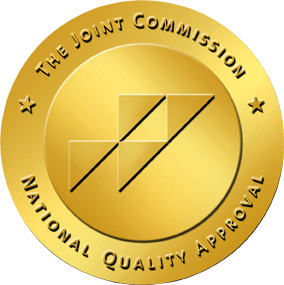As the days grow shorter and temperatures drop, many people notice a shift in their energy levels, mood, and overall well-being. While occasional winter blues are common, some individuals experience a more severe and persistent form of depression known as Seasonal Affective Disorder (SAD).
At Skyway Behavioral Health, we believe in fostering understanding and support for those navigating this condition. Here’s what you need to know about SAD and how you can effectively manage it.
What Is Seasonal Affective Disorder?
Seasonal Affective Disorder is a type of depression that occurs at the same time each year, most commonly during the fall and winter months. The reduction in sunlight during these seasons is thought to play a key role, affecting the body’s internal clock (circadian rhythm) and serotonin levels, a brain chemical that influences mood. While SAD primarily strikes during colder months, a rare summer-onset form also exists.
Key Symptoms of SAD
- Winter-onset SAD:
- Persistent sadness or low mood
- Loss of interest in activities once enjoyed
- Fatigue and low energy
- Difficulty concentrating
- Changes in sleep patterns (excessive sleepiness)
- Cravings for carbohydrates and weight gain
- Summer-onset SAD:
- Trouble sleeping (insomnia)
- Loss of appetite and weight loss
- Increased irritability or anxiety
Who Is at Risk?
While anyone can develop SAD, certain factors increase susceptibility:
- Geography: People living farther from the equator, where daylight hours vary more dramatically, are at higher risk.
- Gender: Women are more likely than men to experience SAD, though men often report more severe symptoms.
- Family History: A genetic predisposition to depression or other mood disorders may elevate the likelihood of developing SAD.
- Age: Younger adults are more commonly affected, although SAD can occur at any age.
How Is SAD Diagnosed?
Diagnosing SAD requires a thorough evaluation by a mental health professional. At Skyway Behavioral Health, we assess symptoms, medical history, and patterns of mood changes to determine if SAD is present. Consistent recurrence of symptoms during specific seasons for at least two years is a strong indicator.
Effective Treatments for SAD
The good news is that SAD is treatable, and with the right strategies, individuals can find relief and regain balance in their lives. Common treatments include:
1. Light Therapy
Bright light therapy is one of the most effective treatments for winter-onset SAD. It involves sitting near a specialized light box that mimics natural sunlight, helping regulate the body’s internal clock and boost serotonin levels.
2. Psychotherapy
Cognitive-behavioral therapy (CBT) helps individuals reframe negative thought patterns and develop coping strategies to manage symptoms effectively.
3. Medication
Antidepressants, particularly selective serotonin reuptake inhibitors (SSRIs), can be prescribed to help stabilize mood.
4. Lifestyle Adjustments
- Exercise: Regular physical activity boosts mood and energy levels.
- Diet: Maintaining a balanced diet with nutrient-rich foods can help counteract cravings and stabilize energy.
- Routine: Establishing a consistent sleep schedule promotes better mental health.
5. Embracing the Outdoors
Whenever possible, spending time outside during daylight hours can naturally improve mood and energy.
When to Seek Help
If you or a loved one is struggling with symptoms of SAD, it’s essential to seek professional support. Left untreated, SAD can severely impact daily functioning, relationships, and overall quality of life. Skyway Behavioral Health is here to guide you through evidence-based treatments tailored to your needs, ensuring compassionate care every step of the way.
A Brighter Tomorrow Is Possible
Seasonal Affective Disorder may feel isolating, but you are not alone. With the right support and tools, you can navigate this challenging season and find joy and fulfillment year-round.
Contact Skyway Behavioral Health today to learn more about our personalized treatment options for SAD and other mood disorders.
Let us help you embrace brighter days ahead—one step at a time.




